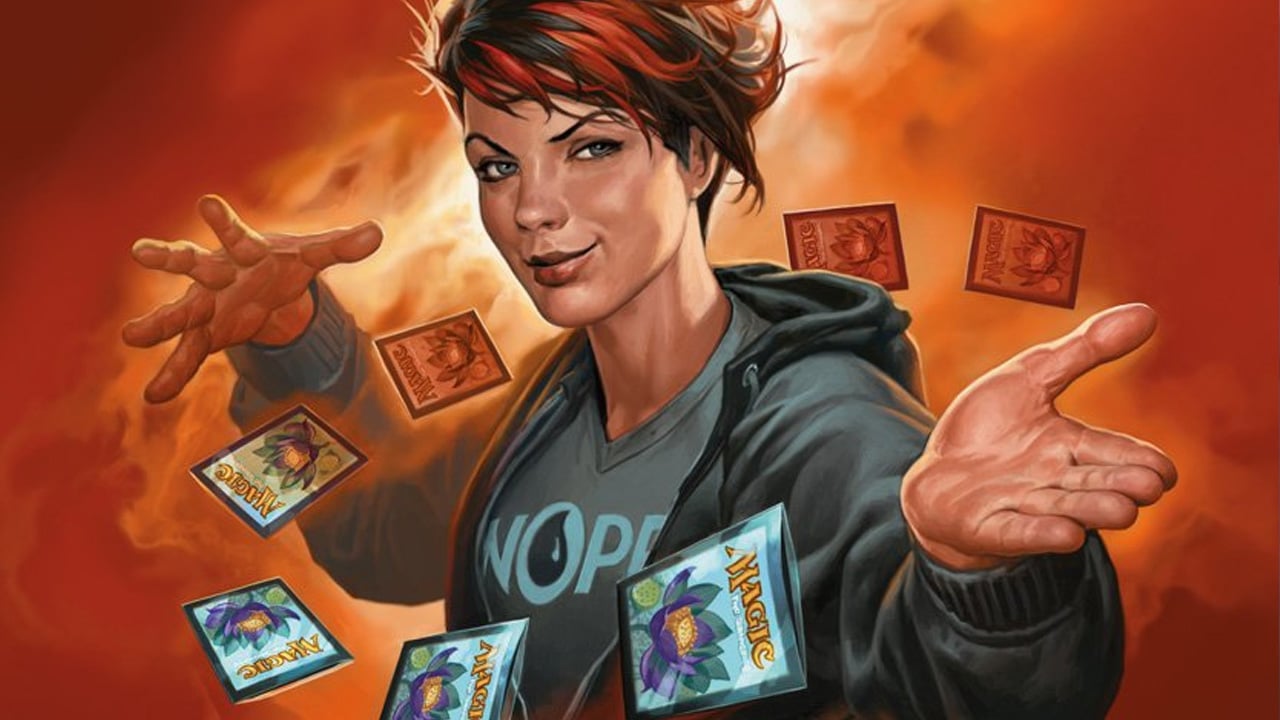When it comes to building a meta deck for Magic: The Gathering, the possibilities are endless. The world’s first trading card game remains one of the Big Three today alongside Pokémon and Yu-Gi-Oh. Its steady releases every year encourage long-time players to keep playing and newcomers to dive in and see what makes the game so popular.
As one of the biggest trading card games in the world, Magic: The Gathering has national and international tournaments. Many keen players from around the world strive to participate in these, hoping to establish a reputation as a top player and win a cash prize. Some people who practise betting get in on the action by placing wagers on Magic: The Gathering tournaments at certain online sportsbooks.
If you’re thinking of playing Magic: The Gathering competitively, you’ll need a sturdy meta deck that, in theory, stands a good chance of winning. Below are a few pointers to help you understand what’s needed and how to choose the cards that’ll feature in your deck.
The Basics
To clarify, a meta deck is a deck that consistently achieves success in competitions and tournaments, effectively counters popular strategies, and relies on a particular tactic or set of tactics to win. People who put together meta decks are aware of the game’s current trends and have a thorough understanding of its gameplay and mechanics. They also have access to enough cards to be able to create a worthy deck.
It goes without saying that if you want to create a Magic: The Gathering meta deck of your own, some knowledge is essential. You need an in-depth understanding not just of the game in general, but of the strategies and particular cards people are using the most. Find out what the most successful decks are and try to emulate them or – if you want to take a risk – create something to counter them, i.e. an anti-meta deck.
Play Style
Before you begin putting a meta deck together, you should think about what archetype you want your deck to follow. There are four key Magic: The Gathering archetypes: Aggro, Combo, Control and Midrange. Aggro, which is short for aggressive, aims to reduce the opponent’s life points from 20 to 0 in as few turns as possible. It’s all about fast play and prioritizing low-cost cards that can effectively lower life points.
Combo decks rely on combinations of cards to create powerful effects. Sometimes the aim is to have multiple cards that can win a game early; sometimes it’s instead about gathering cards that can give the player a key advantage over their opponent.
Control is the opposite of Aggro because it slows down the opponent and makes their cards less effective. Control decks usually focus on longer play times so they can take advantage of cards with high mana costs.
Then there’s Midrange, which is midway between Aggro and Control as it focuses on cards with mana costs of around 4. The first few turns are about ramping up a player’s mana so they can soon start playing cards with fairly high mana costs. Midrange is about unleashing a strategy and trying to win after an Aggro deck but before a Control one.
Mana Curve
Having a solid mana curve is key in Magic: The Gathering. Your deck should contain a mix of low- and high-cost cards. If there are too many expensive ones, you may struggle to find things to do early on. Likewise, if your deck mostly consists of low-mana cards, your deck might not be that effective. You should be able to play a 1-cost card on your first turn, a 2-cost card on your second and so on.
Stick with us at mtgrocks.com: the best place for Magic: The Gathering coverage!
